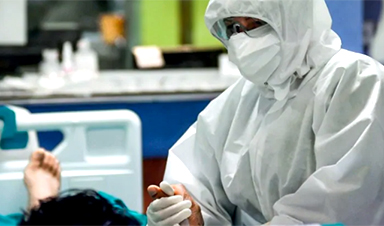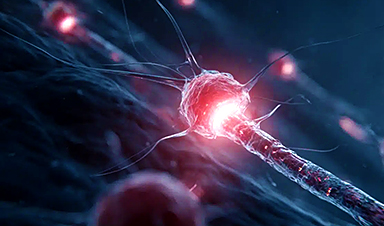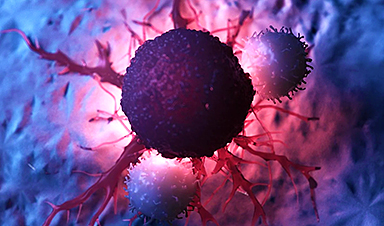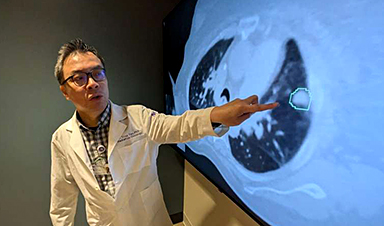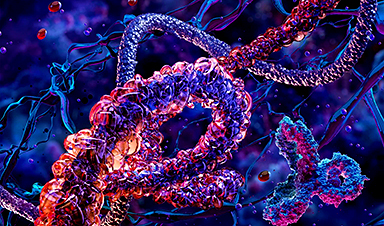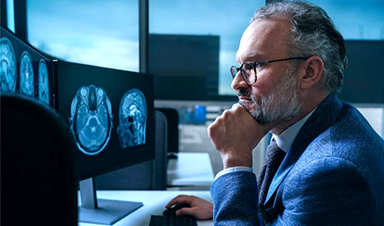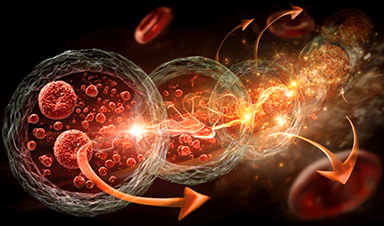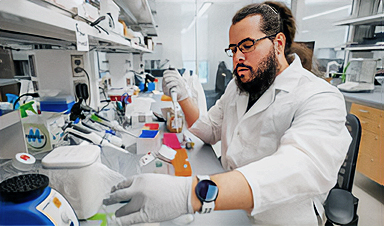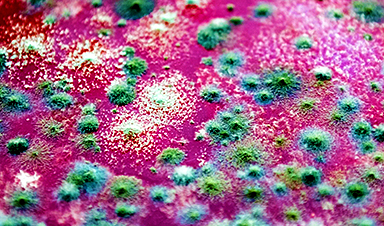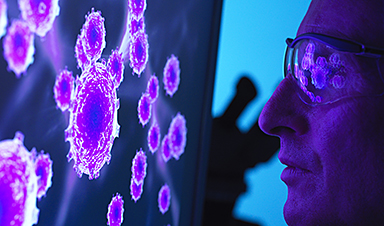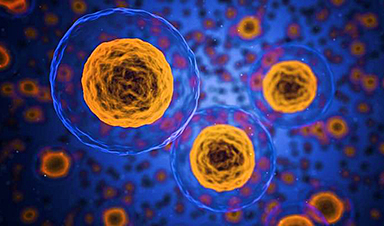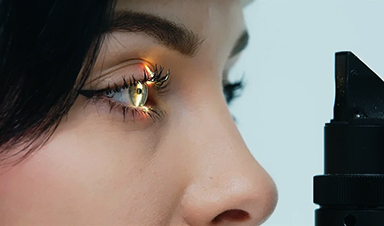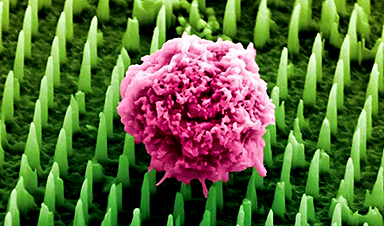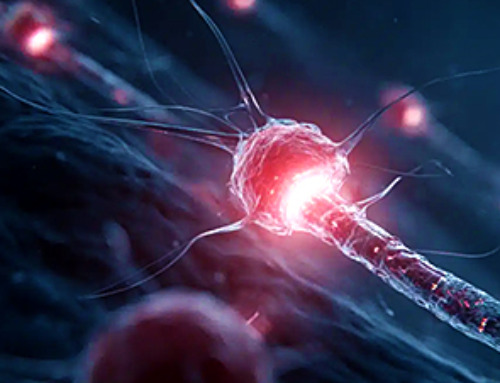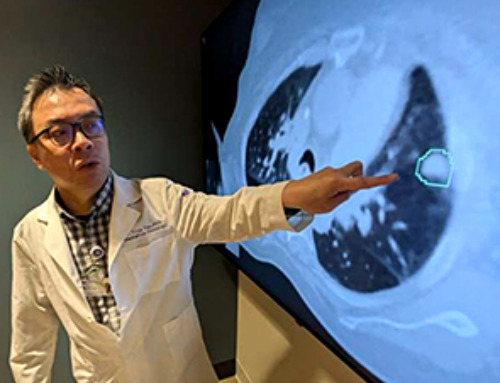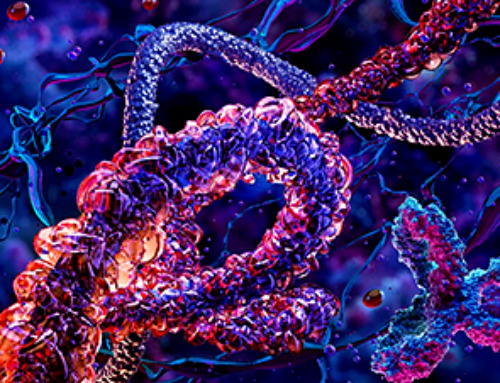Understanding how COVID-19 attacks the human body is essential to developing an effective treatment or vaccine to stop the global pandemic — but there’s still so much we don’t know about how it can kill us.
As researchers around the world race to understand the illness, they are compiling and sharing their early observations of patients hit by a virus that has sickened more than two million people. The findings are preliminary, but they can help point researchers in the right directions.
They have seen that in severe cases, COVID-19 invades our respiratory cells and triggers an immune system response that targets those infected cells, destroys lung tissue and ultimately clogs our airways, cutting off our oxygen supply.
That’s when organ failure can also occur, causing severe damage to the kidneys, liver and heart, similar to other conditions like sepsis.
But they will look to determine whether the virus is targeting and shutting down organs in a new way or just behaving like other infections that cause such common complications.
Why COVID-19 can be so deadly
One key thing to understand about the deadliness of the coronavirus is how it infects the body and how our body responds to fight it.
Cytokines are small molecules released by the immune system that travel throughout the body to co-ordinate an immune response against an infection or injury — even with something as common as a mild fever.
But if the immune system overproduces them in response to the infection, they can cause “cytokine storms” that can rampage through the bloodstream and severely damage the body.
Dr. Douglas Fraser, an ICU doctor at London Health Sciences Centre and a researcher at Western University in London, Ont., has been studying that exaggerated immune response by collecting blood from critically ill COVID-19 patients in an effort to find new ways to treat the disease.
“The immune response to this particular disease is very different than what we’ve seen in other infected patients that end up in the ICU,” he said. “It’s a unique response and it’s going to require unique therapies.”
Fraser said his research shows there are different types of cytokines released in the body at unusual times and levels in response to COVID-19 compared with those that are typically found in critically ill patients from more common diseases.
“What we’re seeing seems to be occurring in all of the very sick patients: those who are requiring the ICU admissions, those who are requiring assistance with their breathing and those that are ultimately dying,” he said.
Image Credit: Claudio Furlan/LaPresse via AP
News This Week
Drug-Coated Neural Implants Reduce Immune Rejection
Summary: A new study shows that coating neural prosthetic implants with the anti-inflammatory drug dexamethasone helps reduce the body’s immune response and scar tissue formation. This strategy enhances the long-term performance and stability of electrodes [...]
Scientists discover cancer-fighting bacteria that ‘soak up’ forever chemicals in the body
A family of healthy bacteria may help 'soak up' toxic forever chemicals in the body, warding off their cancerous effects. Forever chemicals, also known as PFAS (per- and polyfluoroalkyl substances), are toxic chemicals that [...]
Johns Hopkins Researchers Uncover a New Way To Kill Cancer Cells
A new study reveals that blocking ribosomal RNA production rewires cancer cell behavior and could help treat genetically unstable tumors. Researchers at the Johns Hopkins Kimmel Cancer Center and the Department of Radiation Oncology and Molecular [...]
AI matches doctors in mapping lung tumors for radiation therapy
In radiation therapy, precision can save lives. Oncologists must carefully map the size and location of a tumor before delivering high-dose radiation to destroy cancer cells while sparing healthy tissue. But this process, called [...]
Scientists Finally “See” Key Protein That Controls Inflammation
Researchers used advanced microscopy to uncover important protein structures. For the first time, two important protein structures in the human body are being visualized, thanks in part to cutting-edge technology at the University of [...]
AI tool detects 9 types of dementia from a single brain scan
Mayo Clinic researchers have developed a new artificial intelligence (AI) tool that helps clinicians identify brain activity patterns linked to nine types of dementia, including Alzheimer's disease, using a single, widely available scan—a transformative [...]
Is plastic packaging putting more than just food on your plate?
New research reveals that common food packaging and utensils can shed microscopic plastics into our food, prompting urgent calls for stricter testing and updated regulations to protect public health. Beyond microplastics: The analysis intentionally [...]
Aging Spreads Through the Bloodstream
Summary: New research reveals that aging isn’t just a local cellular process—it can spread throughout the body via the bloodstream. A redox-sensitive protein called ReHMGB1, secreted by senescent cells, was found to trigger aging features [...]
AI and nanomedicine find rare biomarkers for prostrate cancer and atherosclerosis
Imagine a stadium packed with 75,000 fans, all wearing green and white jerseys—except one person in a solid green shirt. Finding that person would be tough. That's how hard it is for scientists to [...]
Are Pesticides Breeding the Next Pandemic? Experts Warn of Fungal Superbugs
Fungicides used in agriculture have been linked to an increase in resistance to antifungal drugs in both humans and animals. Fungal infections are on the rise, and two UC Davis infectious disease experts, Dr. George Thompson [...]
Scientists Crack the 500-Million-Year-Old Code That Controls Your Immune System
A collaborative team from Penn Medicine and Penn Engineering has uncovered the mathematical principles behind a 500-million-year-old protein network that determines whether foreign materials are recognized as friend or foe. How does your body [...]
Team discovers how tiny parts of cells stay organized, new insights for blocking cancer growth
A team of international researchers led by scientists at City of Hope provides the most thorough account yet of an elusive target for cancer treatment. Published in Science Advances, the study suggests a complex signaling [...]
Nanomaterials in Ophthalmology: A Review
Eye diseases are becoming more common. In 2020, over 250 million people had mild vision problems, and 295 million experienced moderate to severe ocular conditions. In response, researchers are turning to nanotechnology and nanomaterials—tools that are transforming [...]
Natural Plant Extract Removes up to 90% of Microplastics From Water
Researchers found that natural polymers derived from okra and fenugreek are highly effective at removing microplastics from water. The same sticky substances that make okra slimy and give fenugreek its gel-like texture could help [...]
Instant coffee may damage your eyes, genetic study finds
A new genetic study shows that just one extra cup of instant coffee a day could significantly increase your risk of developing dry AMD, shedding fresh light on how our daily beverage choices may [...]
Nanoneedle patch offers painless alternative to traditional cancer biopsies
A patch containing tens of millions of microscopic nanoneedles could soon replace traditional biopsies, scientists have found. The patch offers a painless and less invasive alternative for millions of patients worldwide who undergo biopsies [...]
